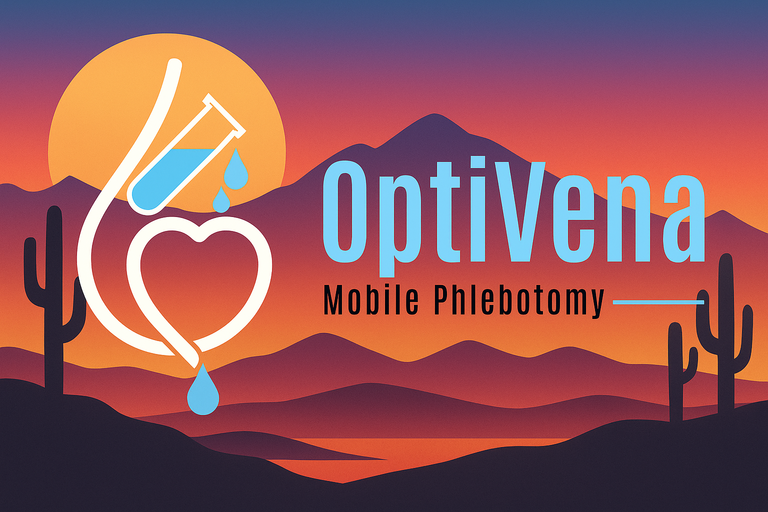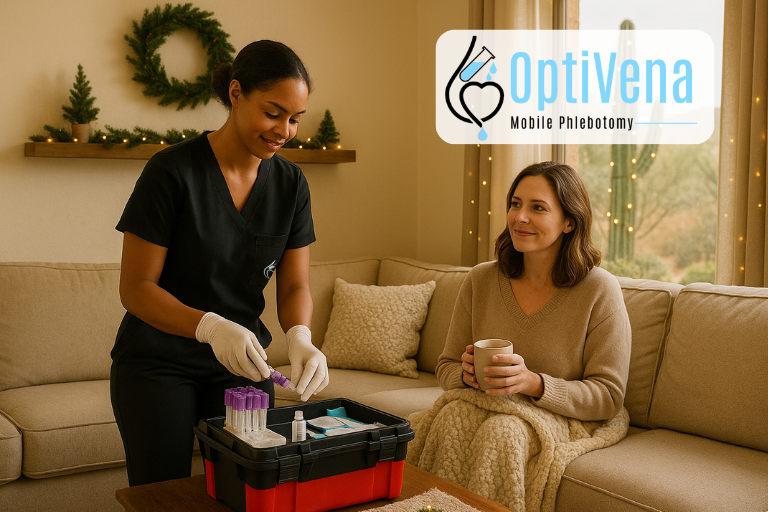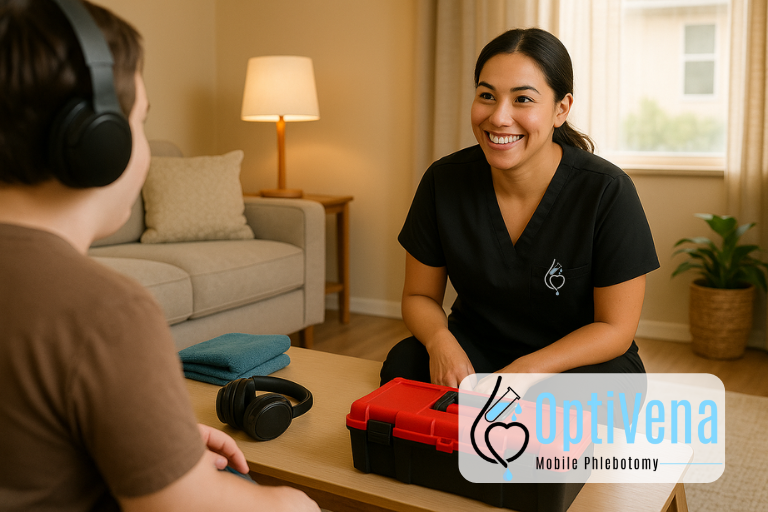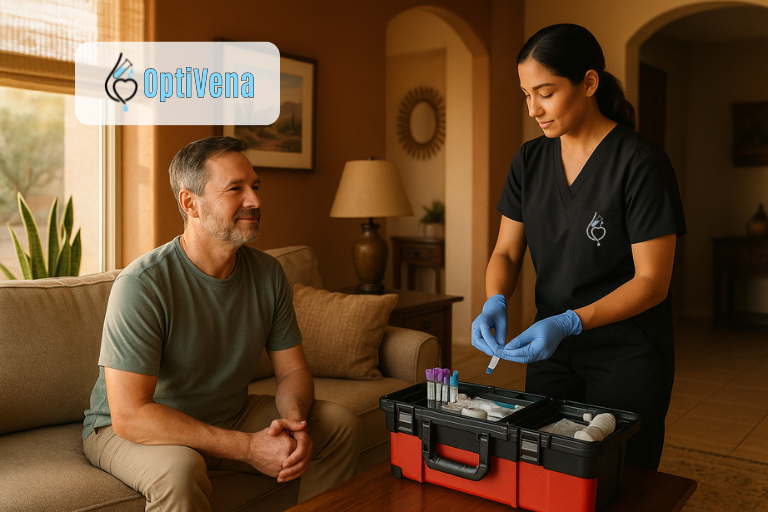Therapeutic Phlebotomy for Women: The Iron Issue No One Talks About
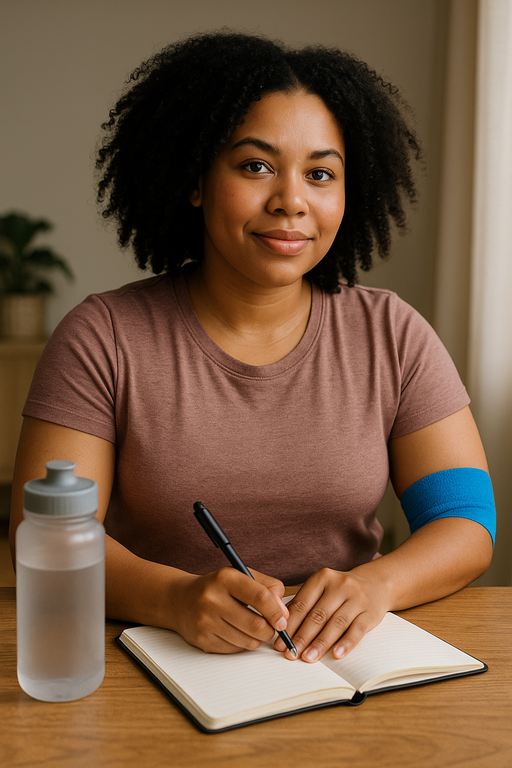
Iron overload doesn’t always look the same in women. In fact, it’s often missed, misdiagnosed, or misunderstood entirely. While men with hereditary hemochromatosis often show clear symptoms early, women’s symptoms are more subtle — and often brushed off as hormone-related, age-related, or “just stress.”
But for many women, especially those post-menopause or living with chronic conditions, therapeutic phlebotomy is more than just a treatment. It’s a powerful step toward feeling better.
At OptiVena, we specialize in mobile therapeutic phlebotomy — and we’ve seen firsthand how life-changing it can be for women finally getting answers.
Yes, Women Get Hemochromatosis Too
There’s a myth that hereditary hemochromatosis only affects men. That’s not true.
Women are often diagnosed later because regular menstrual cycles naturally deplete iron for years. But once menstruation stops (whether from menopause, hysterectomy, or other medical causes), iron stores can rise quickly and start causing problems.
These issues include:
❌ Fatigue
❌ Joint pain
❌ Brain fog or memory issues
❌ Irregular periods or early menopause
❌ Mood swings
❌ Skin discoloration
❌ Heart palpitations
If you’ve had multiple doctors suggest “nothing is wrong” even though you feel off — it might be time to check your iron levels.
Beyond Genetics: Other Reasons Women May Need Therapeutic Phlebotomy
Hereditary hemochromatosis isn’t the only reason women undergo phlebotomy therapy. Other reasons include:
‣ Iron-loading anemias (like thalassemia intermedia)
‣ Repeated transfusions from chronic illness or surgery
‣ Liver disease that causes abnormal iron storage
‣ Porphyria Cutanea Tarda (PCT) — a condition that improves with regular phlebotomy
We see clients of all backgrounds and medical histories. Some are in their 30s. Others are managing multiple diagnoses. Many are simply trying to feel normal again.
Why Many Women Delay (or Avoid) Phlebotomy Appointments
Even when women get the right diagnosis, getting treatment isn’t always easy. Common barriers include:
⦿ Long drives to the nearest facility offering therapeutic phlebotomy
⦿ Anxiety about sitting in a clinic for 30–60 minutes
⦿ Scheduling conflict with work, school pickups, or caregiving duties
⦿ Lack of providers in smaller Arizona cities
That’s where mobile phlebotomy changes the game.
What Happens During a Mobile Therapeutic Phlebotomy Visit?
We bring everything needed to safely and professionally perform your procedure from the comfort of your home. Here’s what to expect:
Pre-screening — We review your order, ask questions, and confirm that it’s a safe day to draw
Setup — We prepare a clean space and talk you through the process
The draw — A standard therapeutic volume is removed (typically 450–500mL). We can draw a lower volume if your provider requests it.
Aftercare — We provide compression, monitor how you’re feeling, and share hydration tips
Many of our clients tell us they feel more relaxed and respected during our mobile visits than they ever have at a clinic.
Why This Matters in Arizona
Arizona women face unique challenges when it comes to lab access and heat-related fatigue. Long drives, scorching summer temperatures, and crowded waiting rooms are more than just annoying — they’re a barrier to staying consistent with care.
OptiVena makes it easy to:
- Stay on your doctor’s schedule (weekly, biweekly, or monthly)
- Avoid heat exposure and dehydration risks
- Keep your treatment plan on track without burnout
We serve clients in Queen Creek, San Tan Valley, Gilbert, Chandler, Mesa, Scottsdale, Phoenix (Click here for our service areas) — our service starts at a self pay rate of $150 within the East Valley with a small travel fee added to West Valley cities. We do not submit claims to insurance and what you pay us is all you pay for the service. You will not receive any unexpected bills for this service.
You’re Not a Burden. You’re a Person Who Deserves Answers.
We know many of our female clients have gone years without being heard. We’re here to change that.
If your doctor has recommended therapeutic phlebotomy, or you’re wondering if iron overload might be part of your story, don’t wait. Talk to your doctor to see if a therapeutic phlebotomy is the right next step for you.
